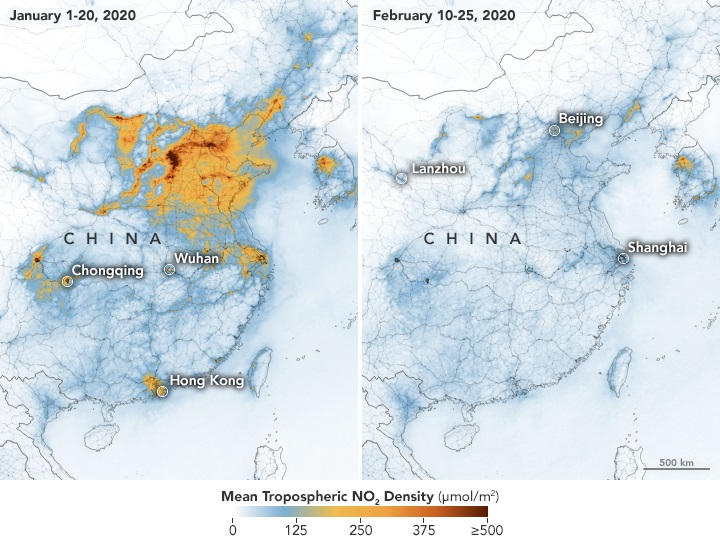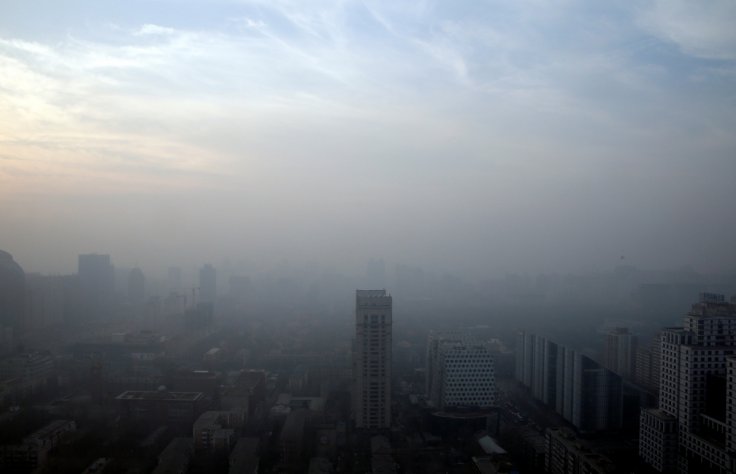Images captured from space by NASA's satellite clearly show the effect of coronavirus lockdown on China. According to the agency, the images illustrate how air quality in the country improved due to the travel restrictions and other safety measures imposed in China to prevent the spread of the virus.
In total, the majority of the confirmed cases of COVID-19 are in China. In response to this growing health issue, which has already affected various nations, government agencies have imposed lockdowns and travel bans within the country. Companies also temporarily ceased their operations in response to the outbreak.

Effect Of COVID-19 Lockdown
Although the effects of the lockdowns are very visible from the ground, NASA noted that they could also be spotted from space. According to the agency, its Earth Orbiter, which monitors the planet's air quality from low-air orbit, was able to capture an image from space that illustrates the effect of the coronavirus lockdown on China.
As noted by NASA, Earth Orbiter's instruments detected a sudden drop in the concentration of nitrogen dioxide (NO2) in China. This is a toxic substance that is usually emitted by power plants, vehicles and other machines and equipment that burn fossil fuels for energy.

Comparing NO2 Density In China
The images captured by the Earth Orbiter clearly illustrate how the air quality in China improved over the past couple of months. The sudden drop in NO2 density was attributed to the decline of economic and industrial activities in the country due to the lockdown and travel restrictions.
As shown in the images, high concentrations of NO2 can be seen over certain parts of China from Jan. 1 to 20. However, after local authorities implemented travel ban in Wuhan, which is believed to be the source of the outbreak, NO2 density began to decrease. Within the last few weeks of February, concentrations of NO2 in China have almost disappeared.
Changing NO2 Concentrations
According to NASA's scientists, NO2 density over China is known to fluctuate due to international events. For instance, during the economic recession of 2008, NO2 concentrations dropped significantly. However, for Fei Lu, an air quality researcher at NASA, this year's drop in NO2 levels is the biggest one yet.
"This year, the reduction rate is more significant than in past years and it has lasted longer," she said in a statement. "I am not surprised because many cities nationwide have taken measures to minimize the spread of the virus."









